With 4G coverage still not at 100% and the 2019 influx of 5G capable handsets about to land in our pockets, what can we really expect in 2019 from 5G?
The fifth generation of connectivity, *ahem* 5G, will be ready for the average Joe next year. Software and hardware are in the works, and carriers are getting ready to flip the switch of their 5G networks in the first half of 2019.
What we know:
- Qualcomm has released details of its next-gen Snapdragon mobile CPU with X50 5G modem and antenna
- Samsung and Verizon announced plans to launch a 5G smartphone on Verizon’s 5G network in the first half of 2019 using Qualcomm’s 5G-capable chip
- Apple will reportedly wait until 2020 to release a 5G smartphone, preferring to wait until all the kinks have been worked out and 5G is more widely available
- LG plans to beat Samsung to the punch with the first true 5G phone. The device will be out in the first half of 2019 as a Sprint exclusive
What we DON’T know:
- How quickly the 5G rollout will actually happen over the year outside of major cities
- If most major cities will even be enabled from day one
- If remote and rural areas will even see 5G
Those who lived through the 3G to 4G upgrade will remember there were some serious issues when 4G first rolled out. Carriers took years to offer decent coverage and the first few generations of 4G devices were plagued with issues. As a person who lives in rural France, it was October 2016 when I saw 4G flash up on my notification bar for the first time. It was glorious, my life went from 2.4Mbps to 45Mbps in 24hrs, however, this leaves me thinking “how long will it be before I can even start to think about 5G?” My next smartphone is more than likely to be 5G enabled but I have a strong feeling that I’ll be left stranded in a 4G wasteland waiting for the world around me to catch up. What’s more, I certainly won’t be alone in waiting.
So, should we be hyped?
The hype is actually real. 5G boasts the ability to take advantage of truly unlimited data at up to 2GBps, but its expected average speed should be around 300MBps. If you ask most smartphone users, those speeds would be a dream, but mobile connectivity is only the beginning. From smart-home security to self-driving cars, all the Internet-connected devices in your life will be able to talk to each other at lightning-fast speeds with reduced latency.
5G could finally make AR & VR headsets more viable for mainstream users. Augmented reality glasses and virtual reality headsets haven’t breached the mainstream, but tech companies are hedging bets that these devices will eventually replace our smartphones. With 5G connectivity, that is a real possibility.
But don’t go getting too excited just yet. There’s still a lot of work to be done, including compatibility trials to make sure the radios play nicely with hardware and infrastructure build-out so that 5G coverage isn’t concentrated solely in high-density cities.
With Qualcomm leading the charge, we’ve seen a lot of positive progress on the 5G front in 2018. Despite 2019 looking like a big year for network launches and new handsets promising to usher us into the 5G era, it looks like it won’t be until 2020 or even 2021 before network providers have enough towers upgraded with new equipment to deliver 5G speeds to a significant portion of the population.
Where will see it first? In the US, the charge will be led by Verizon and AT&T, but T-Mobile and Sprint will be pushing their 5G deployments as well. The largest metropolitan areas with the fastest internet backbones will see the 5G icon pop up first, but it’ll be years before 5G coverage trickles out to the suburbs and rural areas will likely never see it. In France, I’ll likely have to make a trip to Paris to experience anything, and that’s only if they hit the rollout targets. C’est la vie.
The reason for this is the limitation of the mmWave technology being used for 5G. While mmWave can offer much faster speeds than LTE, it doesn’t travel far and has a hard time penetrating walls. To deliver G coverage, service providers will need to build out a much more dense network of 5G towers to offer good coverage — something that would be too expensive to do in rural areas. Where G coverage isn’t feasible, service providers will continue to improve their 4G networks, eventually offering Gigabit LTE. Or in other words, the 4G speeds we were promised back in 2011.
As for hardware, smartphones with 5G connectivity will be more expensive and will likely suffer from poor battery life. OnePlus has stated that its first-gen 5G devices will carry a $200-$300 premium over their LTE counterparts due to the new Qualcomm X50 modem, and multiple QTM052 antenna modules needed to connect to a 5G network. The extra modem and antennas will increase a phone’s power consumption, likely reducing battery life to what we saw on the first generation of 4G smartphones like the HTC Thunderbolt.
There’s little doubt that we’ll see the first G networks come online in 2019 with the first round of 5G devices. Just don’t get your hopes up. You’ll likely not be living the 5G dream for years to come.



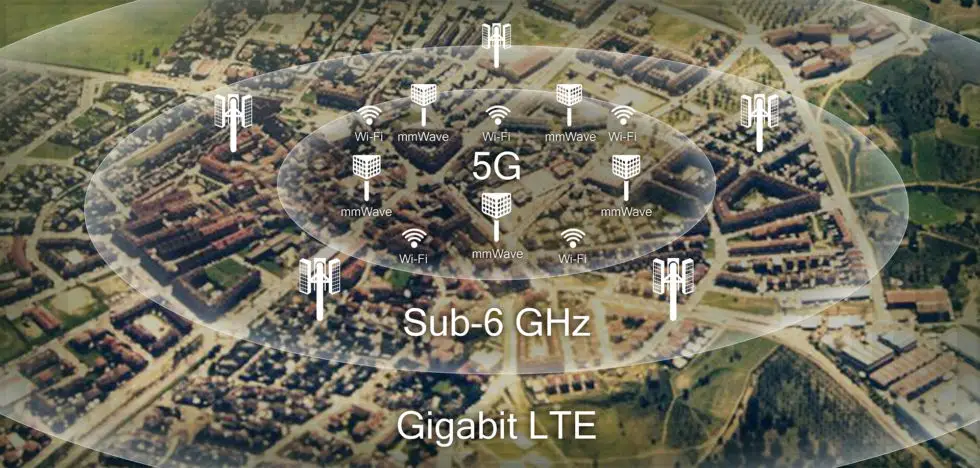
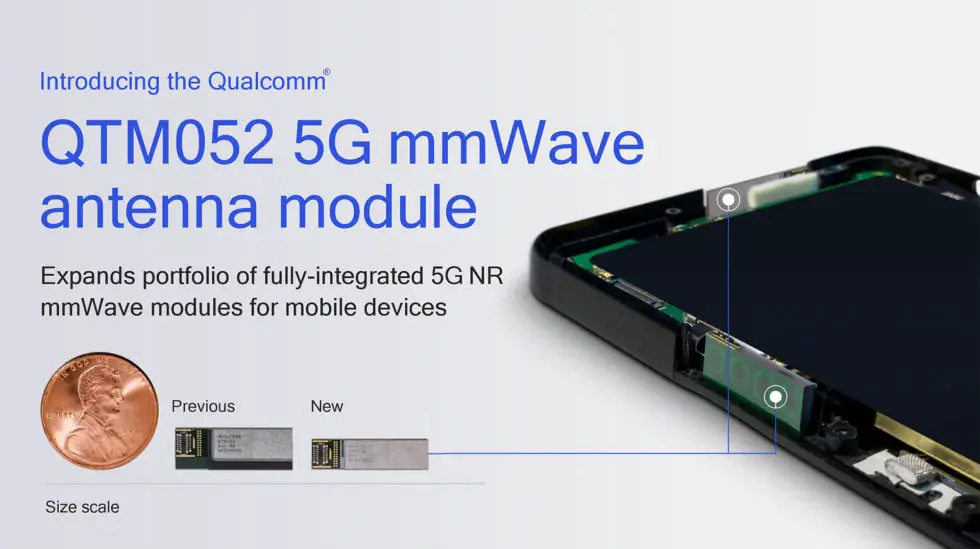
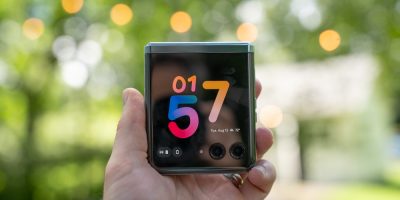


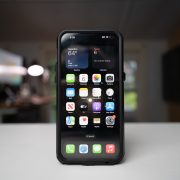

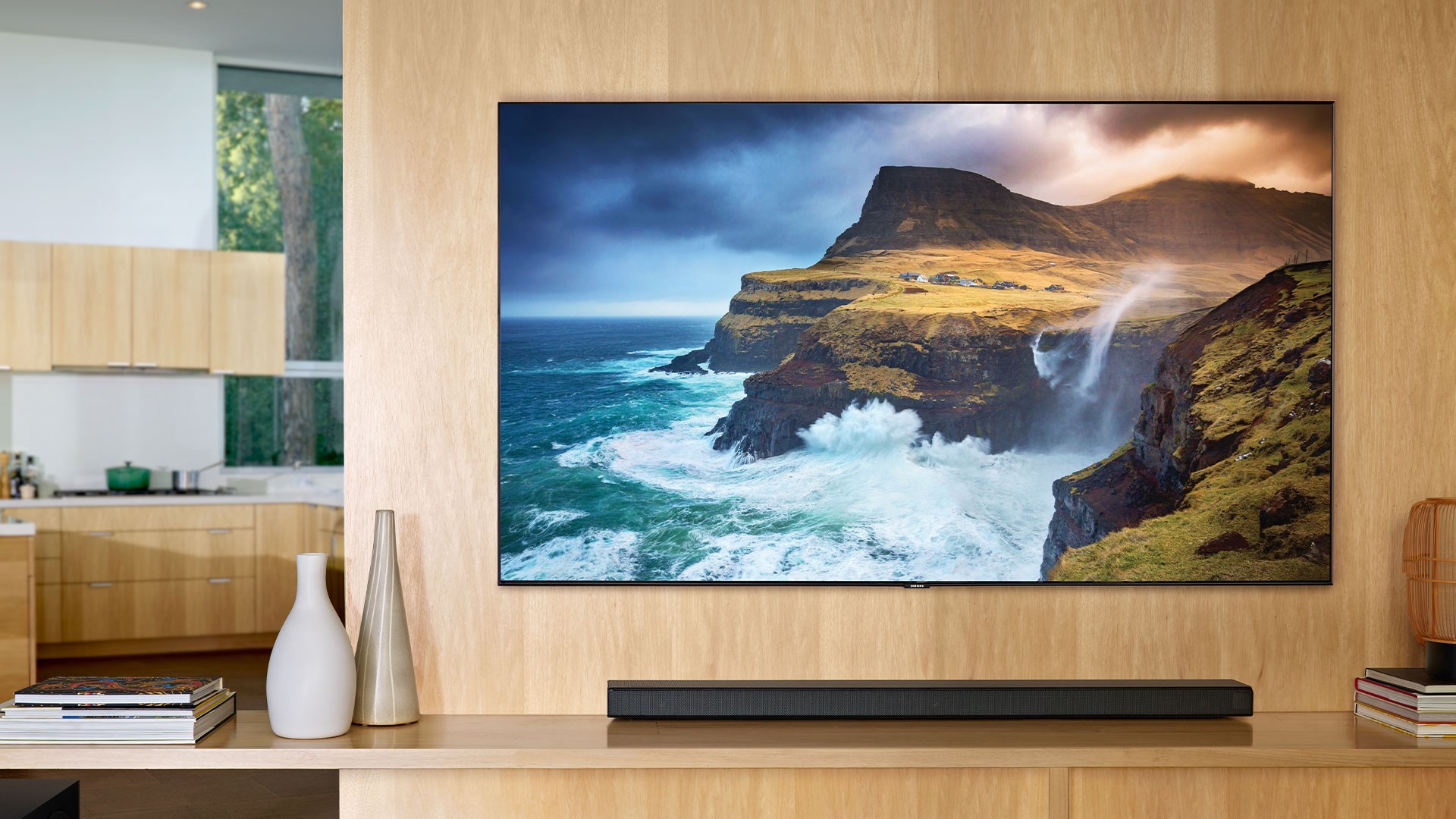
Comments